Life on Osgood Place
A long look at a short street near Jackson Square.
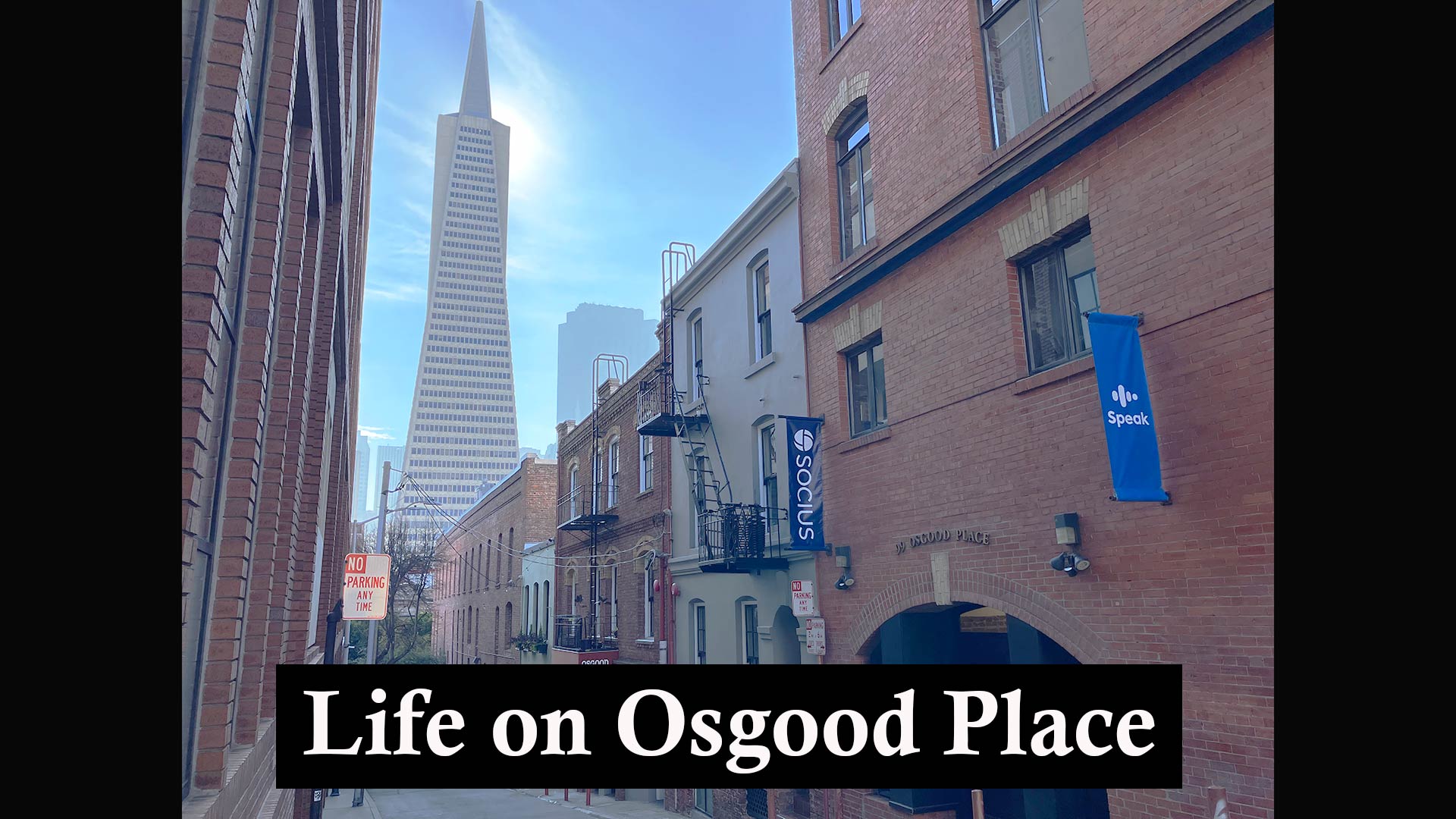
One of the pleasures of delving into the history of a place like San Francisco is the incidental uncovering of lives lived: the fresh starts and dead ends, the high hopes and the hard times of men and women who ordinarily don’t make it into history books.
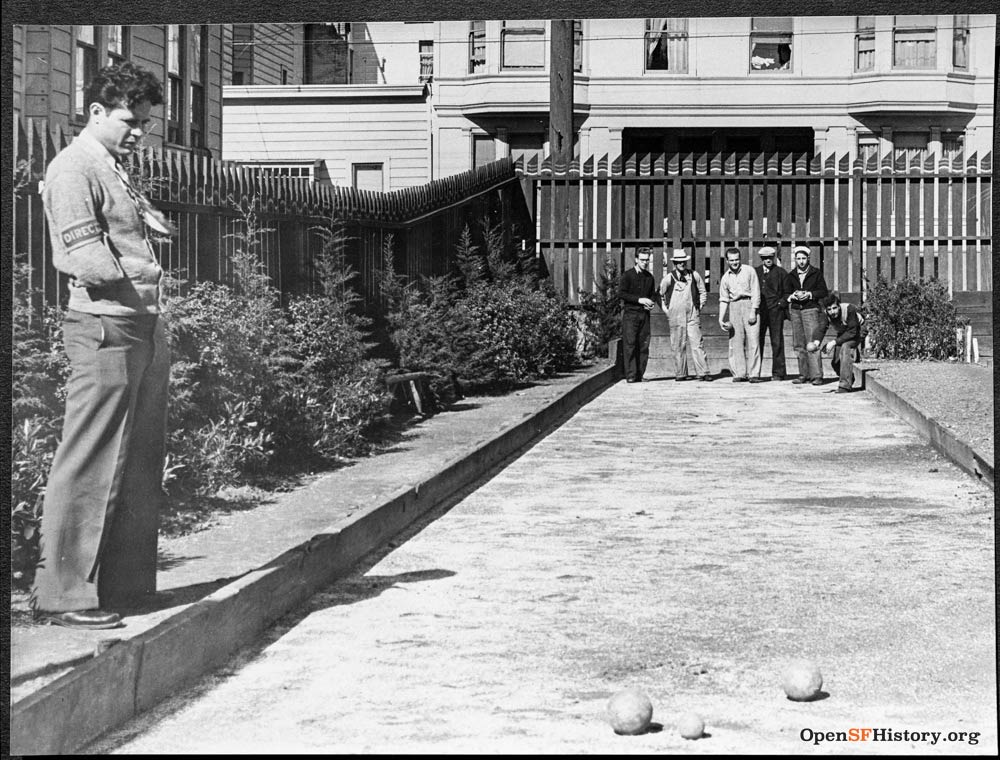
Osgood Place, a one-block alley on the southern edge of Telegraph Hill between Pacific Avenue and Broadway, became a recent rabbit hole of mine in which an interest in a warped bocce ball court closure led me to weddings, tragic deaths, houses of ill fame, and a place you could get pheasant for dinner.
Here is the innocent article I came across researching something else. Fred Libera’s bocce alleys at the Garibaldi Hotel, 18 Osgood Place, were being warped by nearby construction and he wanted $1,500 in damages.
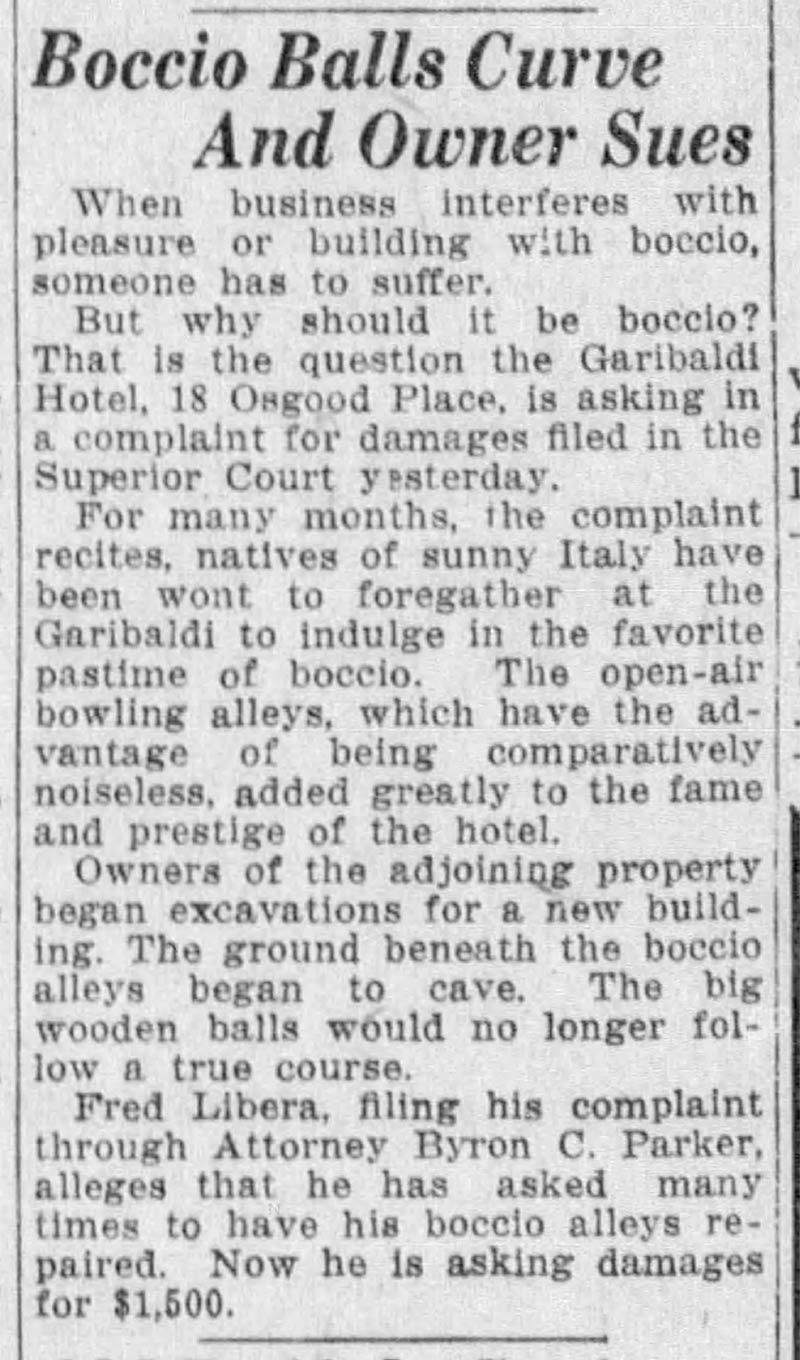
I thought I’d look at historic Sanborn fire insurance maps to see if any evidence of bocce alleys were noted, and since Osgood Place runs just one block, maybe I’d search digitized newspapers and see what else turned up. Reader be warned: in such small decisions, days are lost for the hopelessly curious.
Mini-Italy
Osgood Place began life in San Francisco as Prescott Street and a dead-end lane with that name still runs off of Vallejo Street between Montgomery and Sansome Streets. The name of our full block alley between Pacific Avenue and Broadway was officially changed to Ohio Place in 1894, although it was called that at least as early as 1887. It changed again to Osgood as part of a citywide clean-up of street names in 1909.
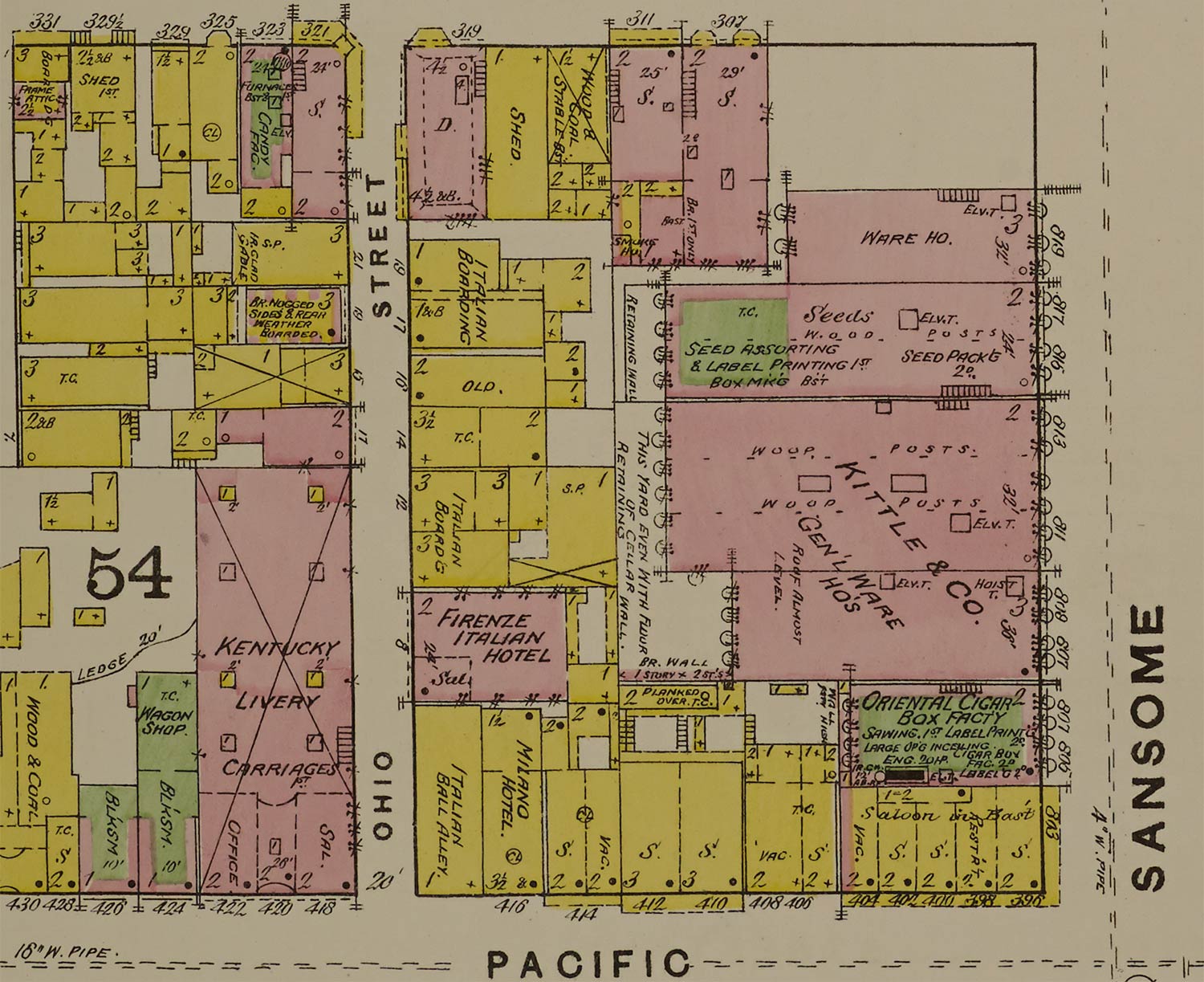
Ohio/Osgood Place was a Mini-Italy inside the larger Little Italy around the base of Telegraph Hill. The 1887 Sanborn map above gives a good picture: there’s an Italian boarding house, another Italian boarding house, the Firenze Italian Hotel, an “Italian ball alley” (hello bocce ball) at the northeast corner of Pacific Avenue, and next door to that the Milano Hotel. Within a block was Hotel D’Italia, Hotel Genova, and Rome Hotel.
By 1899, the Sanborn flips 90 degrees and seems to show ancestral bocce alleys of the ones I was interested in mid-block behind 14-18 Ohio Place:
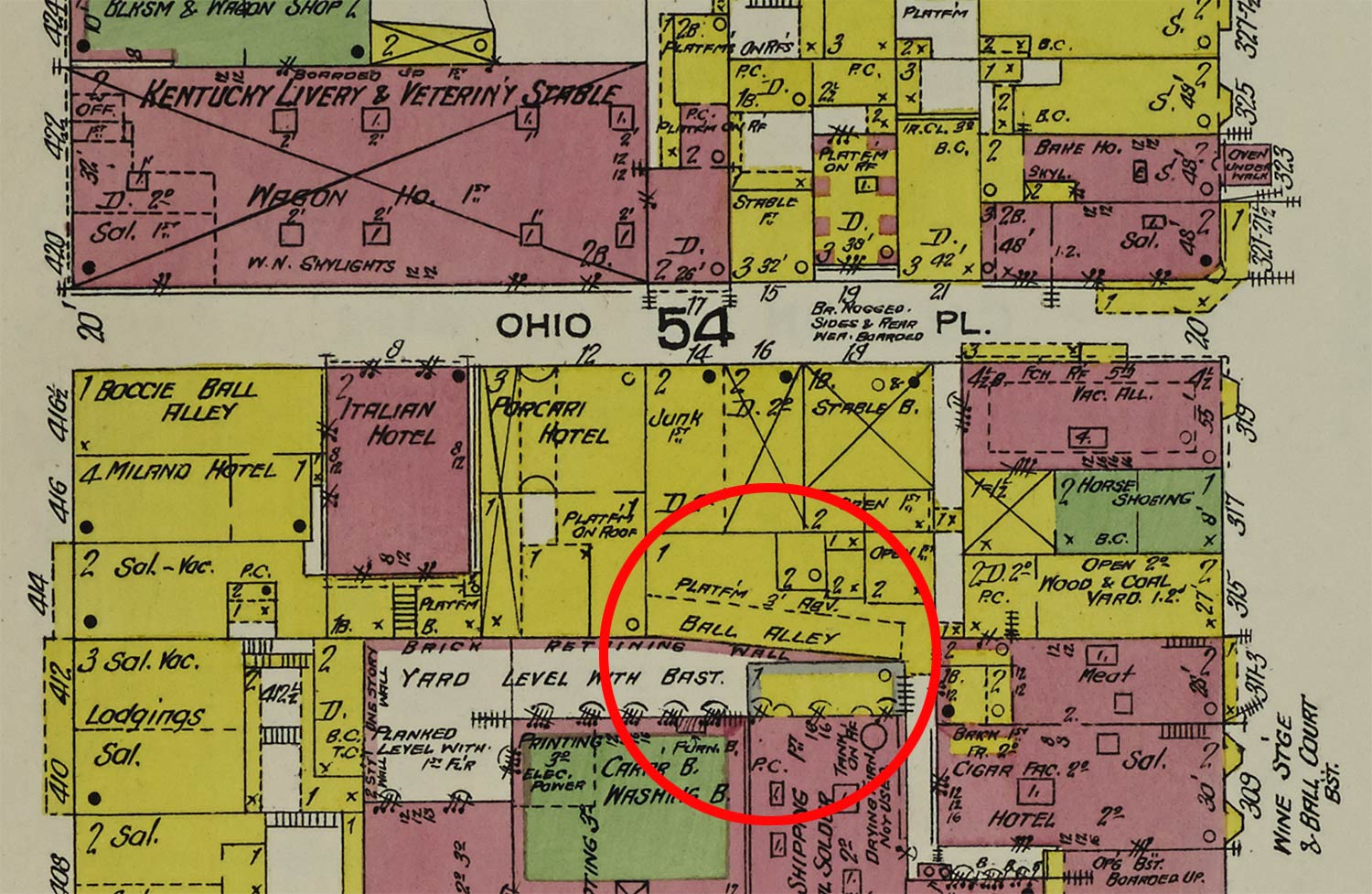
These rooming house/hotels were overcrowded and under-ventilated. Outside, the air must have been particularly fragrant with the horse smells from the Kentucky stables on the corner of Pacific, the yeasty emanations from a bakery on Broadway, and vinegary off-gassing from mustard works on Sansome Street.
Plus, the alley was a spur of the city’s Barbary Coast, which was centered on Pacific Avenue and succinctly described in the North Beach context statement as “a district born during the California Gold Rush of 1849, marred by persistent lawlessness, gambling, administrative graft, vigilante justice, and prostitution.”
With such a history it’s no wonder that Ohio Place is mentioned as the site of robberies, assaults, and mysterious poisonings. Here are just a few typical headlines:
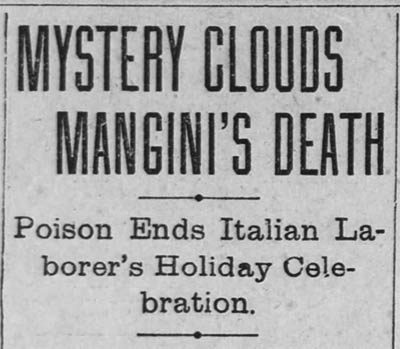
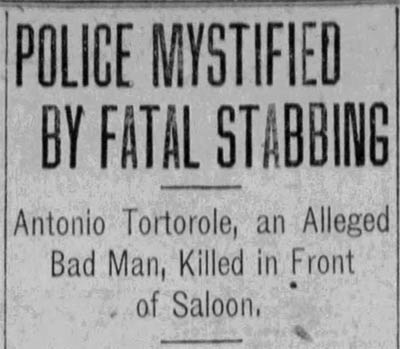
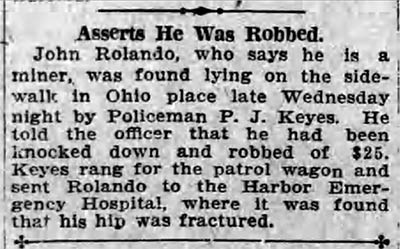
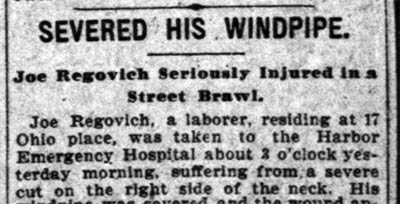
But the street was also where romance bloomed, or at least marriages began. Many young Italians in the rooming houses found their partner on Ohio Place. Just a sampling from 1900-1901: Giovanni Ferrari (22 years old) of 16 Ohio Place wed Mary Figone (16 years old) of 15 Ohio Place. Francisco Bertolucci (28) and Mecelina Bertolucci (20), both of 12 Ohio Place, married in June 1900. Living at the same address were Pietro de Santi (34) and Elvira Pardini (21), who walked the aisle in January 1901. Next door at 8 Ohio Place, Pietro Gardella (28) and Angelia Bottini (22) came together in 1901.
Although Engine Company Number 1 stood just across from the alley entrance on Pacific Avenue, Ohio Place had almost as many fires as romances. “The buildings in that portion of town,” noted the San Francisco Chronicle when reporting on one Ohio Place blaze, “are cheap board affairs, without plaster. When the frame is up, the walls are sheeted with planks and paper is put on the planks. The whole building soon becomes as dry as a tinder box and it is impossible to stop a fire if it once gets well started.”
Osgood Rises from the Ashes
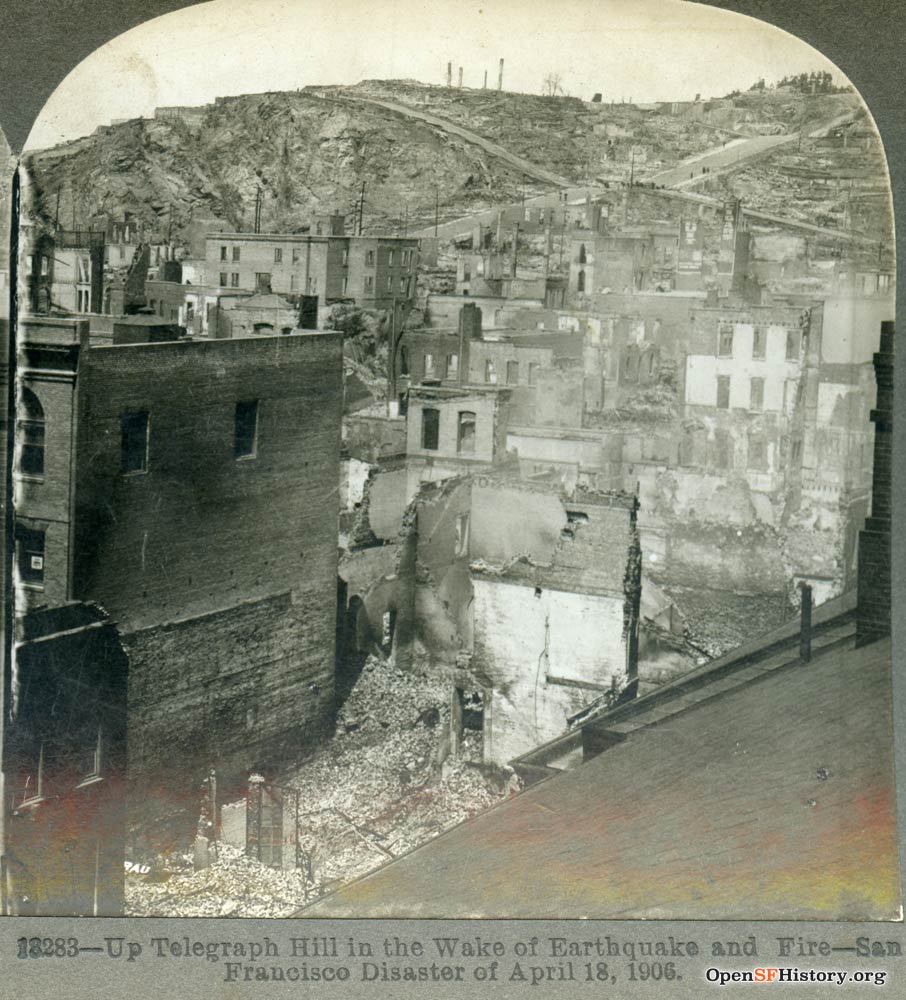
Ten years later, almost everything on Ohio Place was destroyed in the April 18, 1906 earthquake and its subsequent fires. A few brick walls, such as those at 17 Ohio Place, partially survived and were reused in rebuilding.

Post-quake, rebuilt all in brick, and renamed Osgood Place in 1909, the block mostly stayed the same in character after the quake—Italian and somewhat notorious—as the Barbary Coast revived quickly along Pacific Avenue.
Notorious: one of the largest “cribs” (house of prostitution) of the district opened at 14 Osgood Place in September 1911, and drew the ire of mothers at the Washington Irving School (now John Yehall Chin Elementary) just across Broadway.
Italian: the Garibaldi Hotel’s bocce alleys—which started this odyssey for me—opened with a big tournament announced in L’Italia in 1913.
Notorious and Italian: in 1923, two employees at an Italian-run “resort” at 17 Osgood Place were brutally beaten by armed hold-up men just two weeks after three men were stabbed in a brawl in the same establishment. Plus, the Garibaldi Hotel and other locations on Osgood were repeatedly raided by federal agents during Prohibition.
Enter the Bohemians
City crack-downs and Prohibition somewhat tamed the old Barbary Coast. When liquor began flowing freely again in 1933, John Sobrato opened a fine-dining establishment at 50 Osgood Place, welcoming John Barleycorn back, but with a bit of class and a floor show.
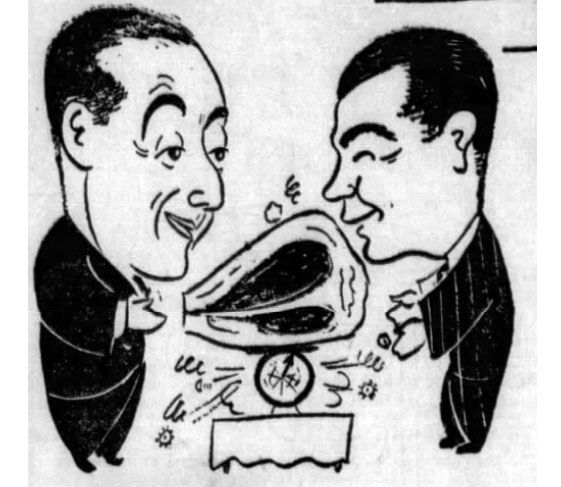
John’s Rendezvous had a successful 20-year run on the block, catering to lunching (and drinking) businessmen by day and couples out for a good time by night. The advertising always had a bit of a wink and a nod to racier times, as the rendezvous name alluded. Most every kind of meat was on the menu—from pheasant to fish to duck to beef—and entertainment featured The Three Sequoians (a vocal trio) and the Clyde Cooper band for dancing.
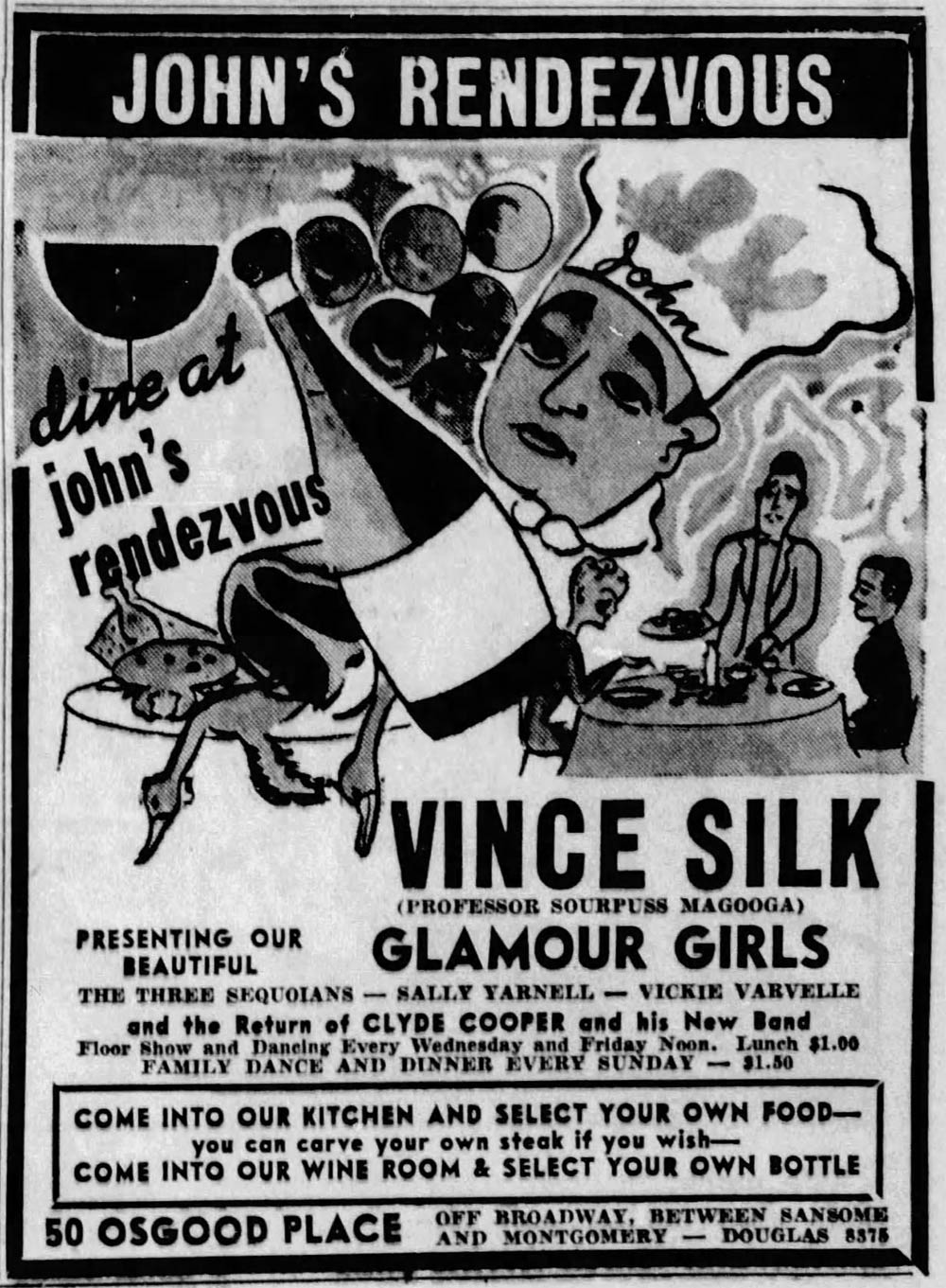
Cheap rent and the lively nightlife drew in writers, painters, actors, and wannabee artists of all kinds. Abstract expressionist painter Edward Dugmore, who attended the San Francisco Art Institute, may have lived on the block, or at least he titled a 1956 work “Osgood Place.” Supposed habitues of 41 and 55 Osgood Place from the 1950s to the 1970s included comedian Lenny Bruce, sex-worker advocate Margo St. James, fan dancer Sally Rand, and German director Wim Wenders.
Enter the Money
Poets’ garrets and hippie pads from the late 1960s and early 1970s began giving way to arts-adjacent professions like advertising agencies and graphic design firms. William Stout’s now-famous architecture-focused bookstore opened originally at 17 Osgood Place.
By 1984, the Planning Commission tried to stem a tidal wave of residences-to-office conversions—including at 41-55 Osgood Place—with stricter zoning measures “to save North Beach’s Sino-Italian flavor.”

But out-of-control real estate speculation and what we now call gentrification continued to roll through Jackson Square and North Beach. In a long 1987 article, the renovations of 41-57 Osgood Place were used as an example of the changes and the loss of both Italian and bohemian character to the neighborhood.

The occupancy of Osgood Place in the 1990s tracks with how we remember that decade: at 43 Osgood a high-end bridal store, which I’m not sure was a thing before that decade, and at 50 Osgood Place a company offering “client-server Cyberspace technology and products,” which I know didn’t exist before.
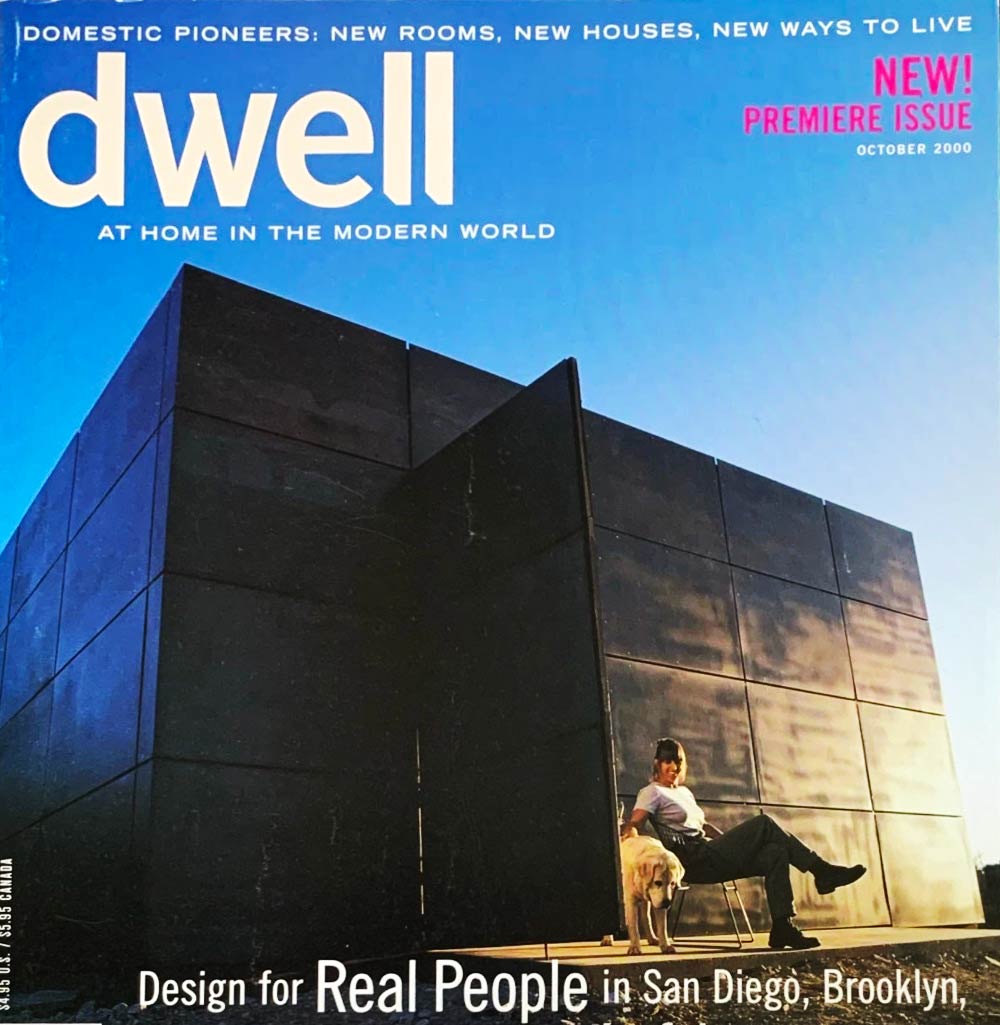
The 2000s accelerated the move to tech and attendant fashion trends. The modernist shelter/interior design magazine dwell opened its editorial offices on Osgood Place. The first issue had a cover in which a young woman and dog hang out in front of their metal-cube house. Cozy!
The Next Thing
And where are we now on Osgood Place? I know 17 Osgood Place sold for $1.8 million in 2021. (Take a look at the one-bedroom you could have had.)

The former sites of John’s Rendezvous, the Garibaldi Hotel, and my bocce alleys have been filled by the bulky, graceless 50 Osgood office building. Its occupants now reflect our time as much as the Cyberspace company once there embodied the 1990s. Inside is a venture capital firm that specializes in “human-machine convergence across technologies that include robotics, AI, voice, i4.0, and synthetic biology.” (Yikes.)
There are apartments and condos and offices still stuffed behind the brick and plaster walls of Osgood Place, but today the alley is almost always empty and quiet. Bars, restaurants, bookstores, bridal stores, and the bocce players are all gone. Osgood Place waits for the next thing.
Woody Beer and Coffee Fund

Thanks to Alan L. and Bruce M. for their contributions to the Woody Beer and Coffee Fund. This week, part of the donations went towards the purchase of limes and dessert (not beverages, gasp!), which were brought to Joshua and Susan’s secret Sunset District groggery. There, charming wife Nancy and I enjoyed fog cutters and sophisticated conversation.
Toss in some change and let me know when I can buy you a coffee or beer!
Sources
“Boccio Balls Curve and Owner Sues,” San Francisco Examiner, July 15, 1922, pg. 5.
Michael R. Corbett, Katherine T. Petrin and Shayne E. Watson, “North Beach, San Francisco Historic Context Statement,” 2020.
“Many Fatalities in One Family,” San Francisco Chronicle, June 21, 1896, pg. 26.
“Protest Against New Resort Near School,” San Francisco Chronicle, September 7, 1911, pg. 4.
Advertisement for Garibaldi Hotel, L’Italia, February 15, 1913, pg. 2.
“Bandits Beat Two in Hold-Up Battle,” San Francisco Examiner, December 18, 1923, pg. 17.
“A Move to Save North Beach from Office Projects,” San Francisco Examiner, April 20, 1984, pg. B1.
Camille Peri, “The Buying and Selling of North Beach,” San Francisco Chronicle & Examiner, April 26, 1987, Image Section, pg. 18

